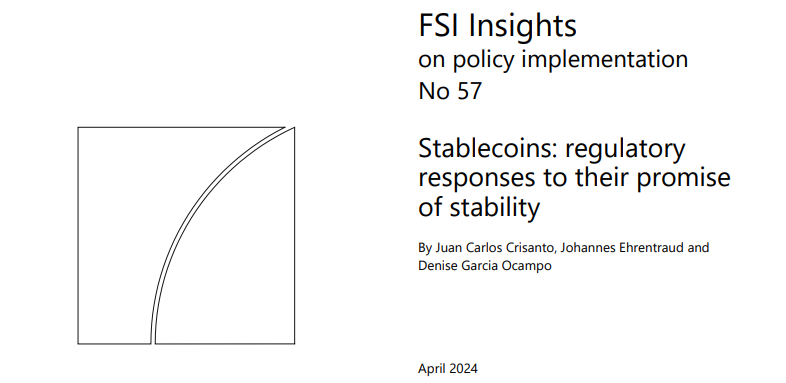To help manage the intricate regulations surrounding stablecoins, the Bank for International Settlements (BIS) is calling for immediate international supervision.
According to the newest BIS report, there’s an urgent requirement for a single set of rules to tackle the problem of multiple regulators that is preventing wider usage of stablecoins.
A BIS survey in 11 regions revealed the complex issues presented by existing regulation fragmentation for stablecoins.
The fragmented nature of this system makes it more complex for issuers to adhere, while also sparking apprehensions regarding the risks it could pose to the worldwide monetary system’s stability.
Fragmented Regulations Stifle Stablecoin Innovation
One significant discovery from the BIS report is that varying regulations among different regions can harm the advancement of stablecoin technology. Dissimilar rules in various countries create confusion about who can issue these coins, what reserve requirements they must follow, and how they should prevent money laundering. This ambiguity hinders innovation and weakens the ability of stablecoins to transform digital transactions.

In addition, the categorization of stablecoins is diverse from one country to another, resulting in uncertainty about their legal standing and refund mechanisms. Some places view stablecoins as equivalent to fiat-backed assets, while others approach them differently, even prohibiting certain types outright.
Call For Harmonized Regulation Gains Momentum
With increasing worries about regulatory disparities, the BIS recommendation advocates for immediate steps to align stablecoin regulations on a unified global level.
International organizations like the IMF and Financial Stability Board underscore the necessity of a single regulatory system for stablecoins. They stress the value of cooperative regulation among agencies to tackle the issues presented by these digital currencies.

John Deaton, a well-known lawyer in the cryptocurrency sector, emphasizes the need for unified regulation in the industry. He raises concerns brought up by Senator Elizabeth Warren about the potential dangers, including security and national security issues, if stablecoins are integrated into the banking system. Warren’s statements underscore the importance of swiftly enacting comprehensive regulatory frameworks to address these risks adequately.
Navigating The Road Ahead: Challenges And Opportunities
As the push for international rules for stablecoins grows stronger, finding a clear path forward is not without its complexities. Differences in how reserves are handled, the qualifications needed for custodians, varying audit procedures, and the amount of liquidity required add to the difficulty of creating consistent regulations for stablecoins.
Despite the difficulties, there are also chances for cooperation and advancement. A more uniform approach to technology and security standards creates a solid base for regulators to establish a harmonized regulatory system.
Additionally, it’s important to explore how stablecoins influence other digital assets such as central bank digital currencies and tokenized funds in greater depth. This examination will provide a clearer picture of their possible effects on the worldwide monetary system.
Read More
- ENA PREDICTION. ENA cryptocurrency
- SOL PREDICTION. SOL cryptocurrency
- USD PHP PREDICTION
- LUNC PREDICTION. LUNC cryptocurrency
- BTC PREDICTION. BTC cryptocurrency
- USD ZAR PREDICTION
- WIF PREDICTION. WIF cryptocurrency
- FLOKI PREDICTION. FLOKI cryptocurrency
- EUR NZD PREDICTION
- USD ILS PREDICTION
2024-04-11 09:41